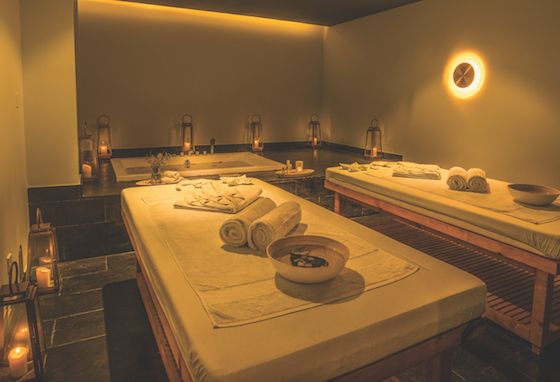Bhutan Spirit Sanctuary has a couple of things going for it, says Amy McDonald, owner and CEO of Under a Tree Health and Wellness Consulting. Besides the allure of the destination itself, “you get to really have that intimacy with your guests that you just don’t get with something larger.”

The challenge, she says, with just 24 rooms is finding a balance between value for the guest and profit for the owner. “That really is, to me, why so many companies haven’t wanted to go below that 50-, 60-room count, because there’s just more you can do. There’s just less risk. There’s more upfront cost of building it, but from an operating standpoint, that’s been the sweet spot.”
She draws a comparison to Sedona, Arizona, wellness resort Mii amo, with 16 rooms. “Part of how (Mii amo) has made it work is because they’re next to a 200-room hotel, so when they need to, they get people to come over for some of their programs and for spa services.”
As a standalone hotel, she says, it’s going to be “tricky” for Louk Lennaerts’ Bhutan hotel. But wellness trends are moving in his direction. “People see the value,” McDonald says. “They’re willing to pay more for the value at that level of intimacy. And, if they do it right and they’re good operators, they get the right kind of media, I think, because of where they are.”
Mii amo’s model is based on packages – clients buy three-, four- or seven-night stays. “There’s a synergy and a magic that happens to the people that show up… Because it’s so small, all you need is a couple or a couple of couples that come there that are rambunctious, and it can change the energy if they’re only coming in for a day.”
Any advice for a company or investor considering this approach?
“How far (the location is) from an airport still makes a difference,” she says. “I think it’s too much of a risk if you’re too far away from major population.”
